La Digue Island is one of the most appealing destinations in the Seychelles, offering a perfect balance of natural beauty, peace, and authentic island life. Known for its clean beaches, granite rock formations, and tropical forests, the island is a paradise for nature lovers and adventurers. Unlike the more developed islands of Mahé and Praslin, La Digue retains its laid-back charm, with bicycles and ox-carts being the primary modes of transport. Whether you’re looking to relax on its world-famous beaches or explore its scenic surroundings, La Digue tourism promises an unforgettable island escape.
About La Digue Island
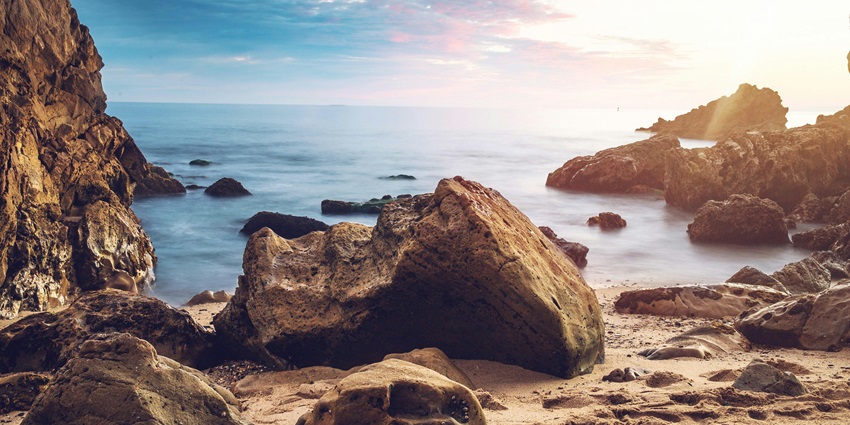
Photo: Austin Neill / Unsplash / Image For Representation Only
La Digue Island is famous for its pleasant beaches, crystal-clear waters, and relaxed atmosphere. It is home to Anse Source D’Argent, one of the world’s most photographed beaches, known for its distinct granite boulders and pristine white sand. The island is also renowned for its car-free environment, where visitors explore by bicycle or ox-cart. Rich in Creole culture and surrounded by stunning nature, La Digue is a paradise for beach lovers, photographers, and those seeking a peaceful tropical escape.
Location

Photo: Tobias Alt / Wikimedia Commons
La Digue Island is part of the Seychelles archipelago, located in the Indian Ocean off the east coast of Africa. It is the fourth-largest island in Seychelles, covering an area of about 10 square kilometres. Positioned northeast of Praslin and west of Félicité Island, La Digue is known for its unspoiled natural beauty and relaxed environment. The island is famous for its breathtaking beaches, including Anse Source D’Argent, one of the most photographed beaches in the world. With its tropical climate, La Digue’s weather remains warm and pleasant throughout the year, making it an ideal travel destination.
How To Reach
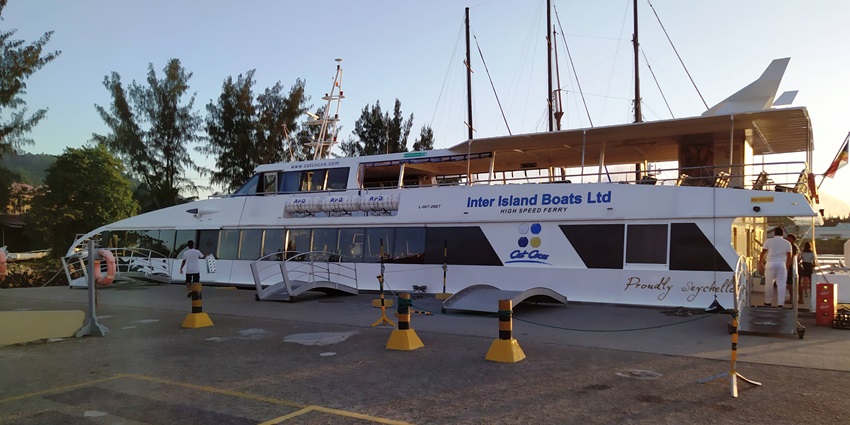
Photo: Radosław Botev / Wikimedia Commons
La Digue Island has no commercial airports or railway stations. Ferries are commonly used to travel between the islands.
By Sea: From Mahé, take a ferry to Praslin (about 1 hour), then board another ferry to La Digue (about 15-20 minutes). Direct ferries from Mahé to La Digue are also available but take around 90 minutes.
By Road: Once in La Digue, the primary mode of transport is bicycles or ox-carts. There are very few motorised vehicles on the island.
Places To Visit On La Digue Island
Once you have reached La Digue Island, here’s a list of places you must visit.
1. La Passe
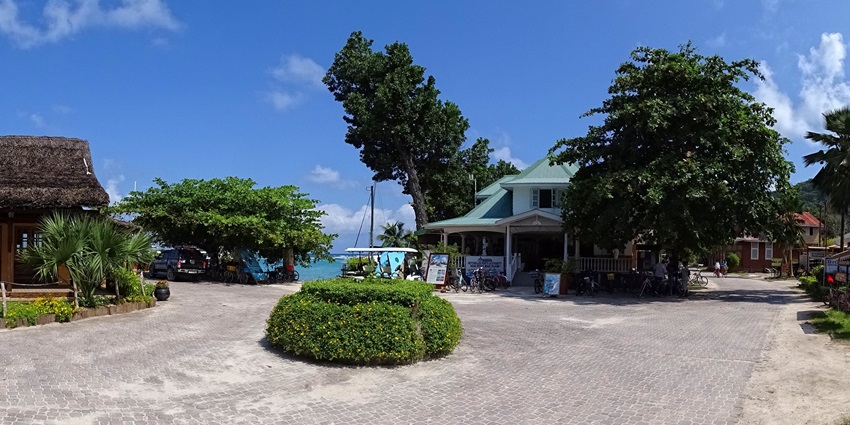
Photo: Bjørn Christian Tørrissen / Wikimedia Commons
La Passe is the main village and harbour of La Digue, serving as the island’s central spot. This charming village is the first point of entry for visitors arriving by ferry and offers a glimpse into the relaxed island lifestyle. Here, you’ll find small shops, guesthouses, local markets, and waterfront cafés where you can enjoy fresh seafood while gazing at the clear turquoise waters. La Passe is also a great place to rent bicycles, the preferred mode of transport on the island. The village’s friendly atmosphere and scenic coastal views make it an essential stop on your La Digue tourism itinerary.
Location: Main village and port on the northwest coast of La Digue Island, Seychelles
Nearby Attractions: Close to Anse Severe Beach, Anse La Reunion Beach, shops, and restaurants
Nearest International Airport: Seychelles International Airport (IATA: SEZ) on Mahé Island, approximately 50 km southwest
2. Nid d’Aigle

Photo: Rémih / Wikimedia Commons
Nid d’Aigle, or “Eagle’s Nest,” is the highest point on La Digue, offering beautiful panoramic views of the island and the surrounding ocean. Located at 333 metres above sea level, the viewpoint is accessible via a moderately challenging hike through thick forests. The effort is well rewarded with breathtaking scenery, making it a must-visit for adventurers. Along the way, you’ll encounter rare flora and fauna, making the trek even more worthwhile. The best time to visit is early morning or late afternoon to avoid the heat and to catch the mesmerizing sunrise or sunset.
Location: Highest peak on La Digue Island, Seychelles
Nearby Attractions: Offers panoramic views of La Digue, Praslin, and surrounding islands
Distance From La Passe: Approximately 5.6 km
3. Anse Source D’Argent

Photo: Bjørn Christian Tørrissen / Wikimedia Commons
Anse Source D’Argent is arguably the most famous beach in Seychelles. With its powdery white sand, clear turquoise waters, and iconic granite rock formations, this beach is a dream destination for photographers and beach lovers. The shallow waters make it perfect for swimming and snorkelling, while the surrounding palm trees provide ample shade for relaxation. The beach is part of Union Estate, so visitors need to pay an entrance fee. Whether you want to sunbathe, explore tidal pools, or simply take in the breathtaking scenery, this beach is a must-visit.
Location: Southwest coast of La Digue Island, within L’Union Estate, Seychelles
Nearby Attractions: Adjacent to L’Union Estate Park and near Grand Anse and Petite Anse beaches
Distance From La Passe: About 2.5 km
Things To Do At La Digue Island
Here is a list of things to do at La Digue Island for a memorable trip.
1. Cycle Around The Island

Photo: Marwa elchazly / Wikimedia Commons
One of the best ways to explore La Digue is by bicycle, as motor vehicles are rare on the island. Renting a bike allows you to discover hidden beaches, scenic trails, and charming local villages at your own pace. The island is small enough to cycle around in a few hours, with well-maintained roads and trails leading to popular attractions. Whether you’re heading to Anse Source D’Argent or venturing into the dense interior, cycling is an eco-friendly and enjoyable way to experience the island’s beauty.
2. Spot Tortoises In the Wild
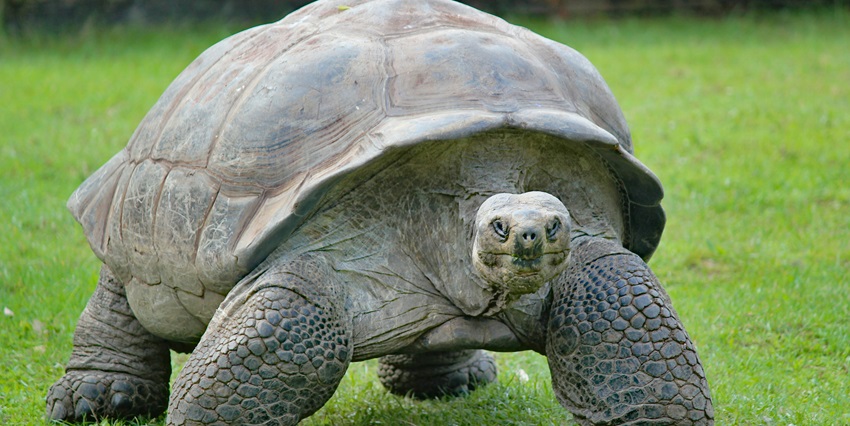
Photo: Dušan veverkolog / Unsplash / Image For Representation Only
La Digue is home to Aldabra giant tortoises, which can be seen roaming freely around the island, especially at Union Estate and L’Union Beach. These fascinating creatures, some of which are over a century old, are a major attraction for wildlife enthusiasts. Visitors can observe them up close, take photos, and even feed them in certain areas under strict supervision. The tortoises symbolise the island’s rich biodiversity and add to its charm, making spotting them a memorable experience.
3. Admire The Views At Romeo & Juliet Viewpoint
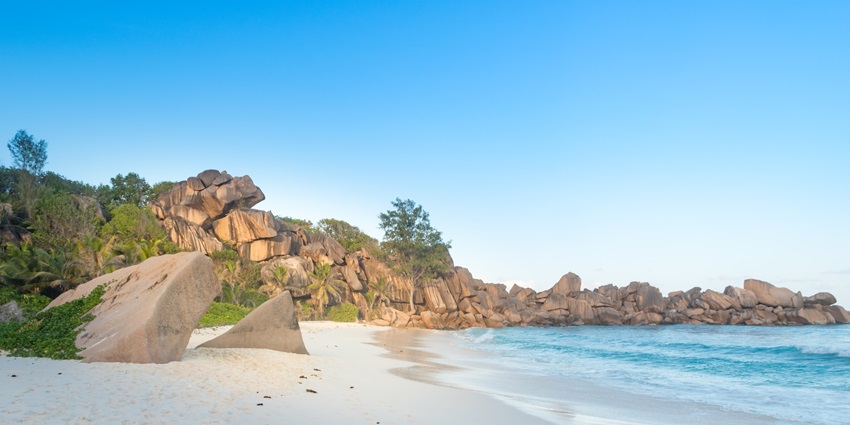
Photo: dronepicr / Wikimedia Commons / Image For Representation Only
Romeo & Juliet Viewpoint is another stunning vantage point that offers scenic views and the surrounding islands. Located on a small hill, the viewpoint provides a romantic setting, making it a favourite spot for couples and photographers. The short but rewarding hike to the top passes through tropical vegetation, adding to the adventure. Sunset is the best time to visit, as the golden hues cast a magical glow over the surrounding terrain.
Where To Stay
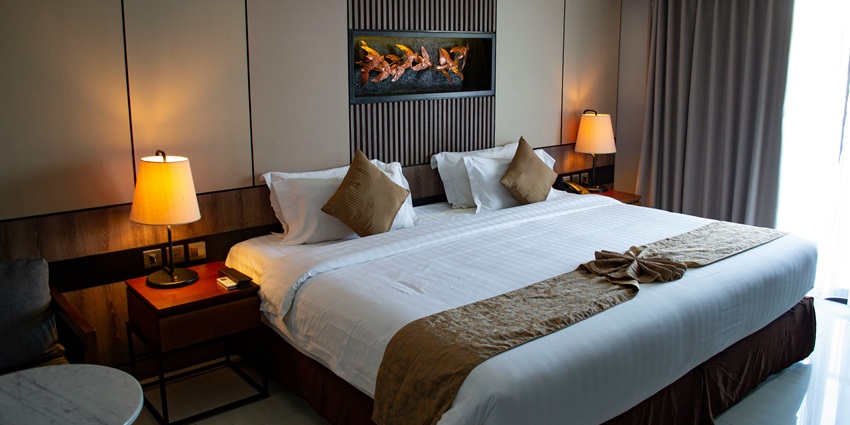
Photo: Vojtech Bruzek / Unsplash / Image For Representation Only
La Digue offers a variety of accommodations, from luxury resorts to budget-friendly guesthouses. Le Domaine de L’Orangeraie is a top-tier resort featuring private villas, a serene spa, and tropical gardens. Patatran Village Hotel is another great choice, known for its stunning oceanfront views and charming Creole-style decor. Budget travellers can opt for cozy guesthouses like Belle Des Iles and Zerof Guesthouse, both offering a homely ambience at affordable rates. Staying near La Passe is highly recommended, as it provides easy access to restaurants, shops, and ferry services.
Where To Eat
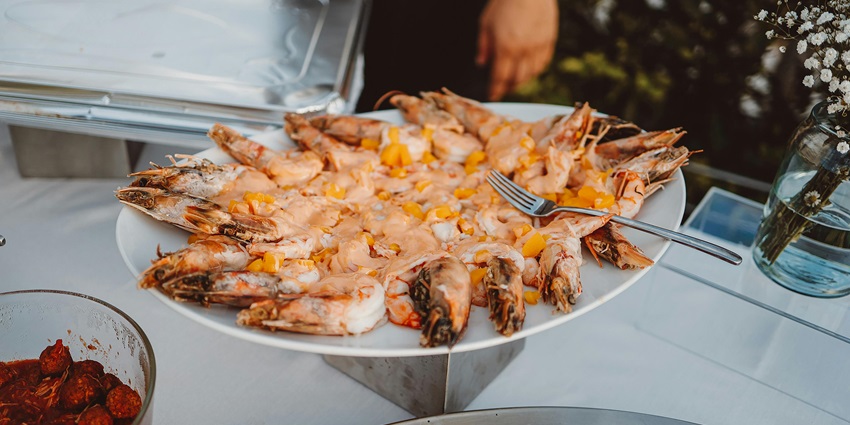
Photo: Alejandra Montenegro / Pexels / Image For Representation Only
La Digue boasts excellent dining options, offering fresh seafood and authentic Creole flavors. Fish Trap Restaurant is a favourite among visitors, serving delicious grilled fish with pleasant sea views. Le Repaire is known for its Italian-inspired dishes, including homemade pasta and fresh seafood. For a more local dining experience, Chez Jules offers mouthwatering Creole dishes in a relaxed, friendly setting. Additionally, street food stalls around the island serve tasty snacks like coconut curries, tropical fruit juices, and fried breadfruit, perfect for a quick and affordable meal.
Best Time To Visit
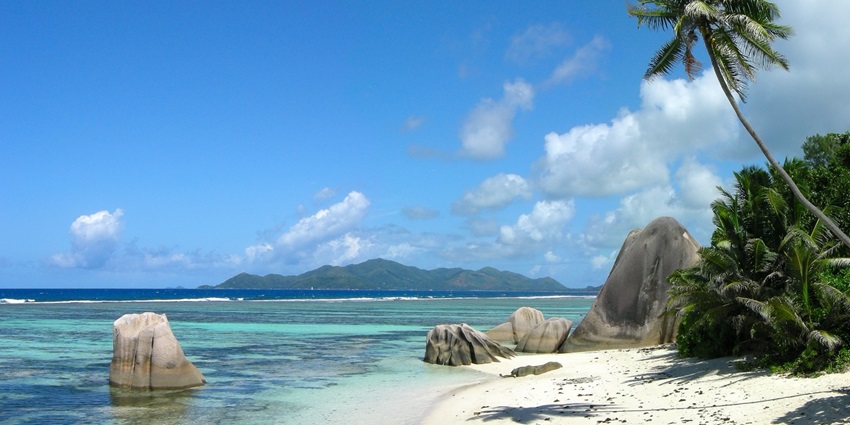
Photo: Tobias Alt / Wikimedia Commons
The best time to visit La Digue is from April to June and September to November when the La Digue weather is warm, and the seas remain calm. These months offer the best conditions for beach activities, snorkelling, and hiking. The island experiences a tropical climate year-round, but the rainy season, which lasts from December to February, can bring occasional showers and higher humidity. However, even during the wetter months, the rain is often short-lived, allowing for plenty of sunshine throughout the day, making La Digue a year-round destination.
Tips For Travellers

Photo: Kindel Media / Pexels / Image For Representation Only
- Carry cash, as some local shops don’t accept cards.
- Bring sunscreen and insect repellent when travelling.
- Respect local customs and the island’s natural environment.
La Digue Island is a paradise that offers breathtaking visuals, pristine beaches, and a laid-back island atmosphere, making it an ideal getaway. Whether you’re cycling through tropical forests, exploring scenic viewpoints, or simply unwinding on the world-famous beaches, La Digue promises an unforgettable travel experience. Plan your trip with TripXL’s travel packages for a hassle-free vacation and make the most of your time in this idyllic island paradise.
Cover Photo: Svein-Magne Tunli / Wikimedia Commons


 WhatsApp
WhatsApp
 Twitter
Twitter









